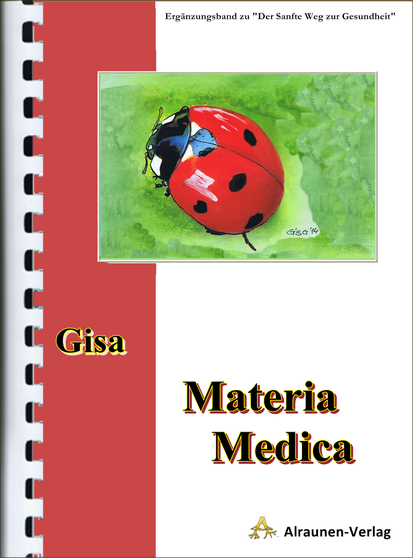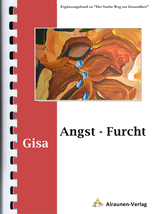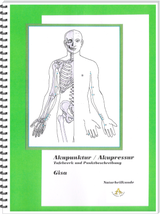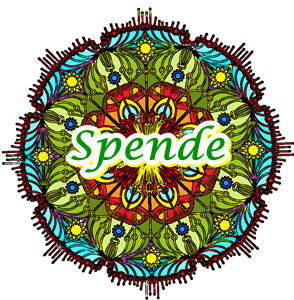Structure
The stomach is part of the digestive tract. This has a 4-layer construction:
- Tunica mucosa = gastric mucosa
- Tela submucosa = connective tissue
- Tunica mucosa = Smooth muscle
- Tunica serosa = peritoneum
Ad 1: Tunica mucosa
Here are the digestive glands and those glands whose activity protect the stomach from the action of its digestive glands (mucin). The secretion of the digestive glands decomposed proteins with hydrochloric acid. In addition, other hormonal secretions are still produced. Inter alia also the intrinsic factor, which teaches the control as soon as vitamin B12 appears in the diet, so this vitamin can be supplied to the organism in later sections.
Ad 2: Tela submucosa
It keeps the body together. Connective tissue is located throughout the body. It thus corresponds to all shares, making Iridology possible. The iris is the only piece of connective tissue that can be detected without interference with the naked eye.
Ad 3: Tunica mucosa
They serve the operation of the organs and make possible the transport of food to the intestine toward. During transportation, the food is worked through, which makes protein digestion possible.
Ad 4: Tunica serosa
This shields the stomach to other organs in the abdominal cavity.
Location
Below the diaphragm. Here the digestive tract is limited against the chest ventilated space. Expansions in the abdomen can impress the chest cavity, which can lead to malfunctions in the chest. Thus, a high arched gastrointestinal tract can be an apparent malfunction of the heart come about (Roemheld syndrome).
This structural design is basically the entire digestive tract.
Function
This organ area we take on food. Food is, in principle, information and energy. From these „ingredients“ the mind, body and soul draw the basics of life in order to get in strength and function.
a) Liquid = emotional commitment, cleaning substances which would contribute to the burden of the individual.
b) Carbohydrates = the sweetness of life, the fire of commitment, potential force to deal with life
c) Protein = information carrier, coordination of functions (for example amino acids of the DNA / RNA)
d) Fats = depot energy, substance, stability, fats burn in the fire of carbohydrates.








